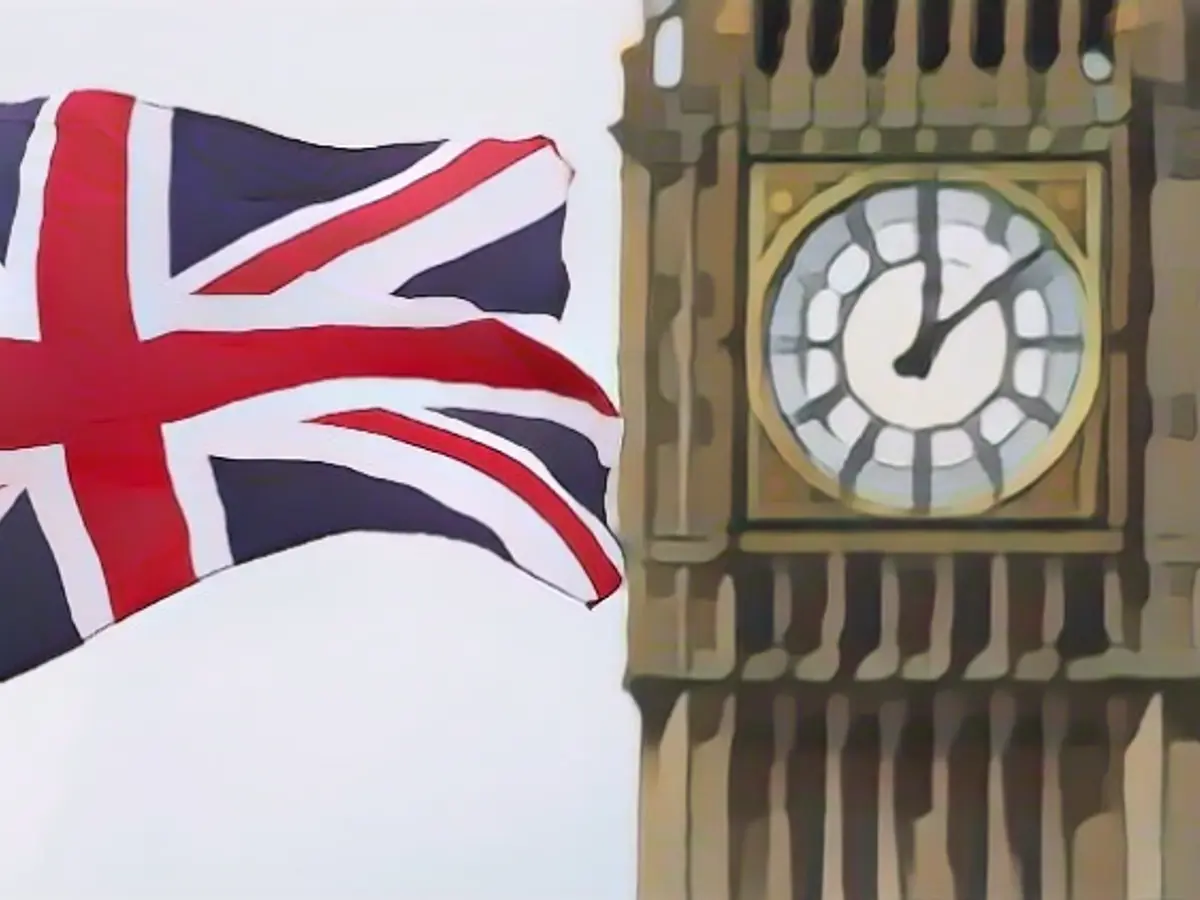The UK's inflation rate has dwindled noticeably.
After years of high inflation in the UK, the increase in prices on the island has started to slow down. In April, consumer prices rose by 2.3% compared to the previous year, as opposed to 3.2% in March, according to the Office for National Statistics in London. This is the lowest rate since July 2021. Experts polled by Reuters had anticipated an even steeper decline to 2.1%. As inflation subsides, the Bank of England (BoE) is nearing its target rate of 2% and could potentially reduce interest rates in the summer.
On the financial front, the likelihood of a decrease in interest rates was estimated to be only 18% in June following the figures. The decrease in the April inflation rate was chiefly attributed to lower energy prices for domestic households. Yet, services turned out to be more expensive than anticipated, which could decrease the likelihood of the BoE cutting interest rates as early as June. As per economist Michael Brown from online broker Pepperstone, the policymakers in London are expected to exercise caution and postpone such a rate reduction until August.
Since December 2021, the BoE has tightened monetary policy a total of 14 times, pushing the prime rate to a 15-year high of 5.25%. This tighter policy has aided in bringing the cost of living down to a more manageable level for Britons. Towards the end of 2022, the inflation rate was still at a 41-year high of 11.1%. The International Monetary Fund (IMF) expects several interest rate cuts this year.
Read also:
- Year of climate records: extreme is the new normal
- Precautionary arrests show Islamist terror threat
- UN vote urges Israel to ceasefire
- SPD rules out budget resolution before the end of the year
In April, Great Britain saw a decrease in its inflation rate, with consumer prices rising by 2.3% compared to the previous year, as stated by the Office for National Statistics. This decline in inflation is in line with the Bank of England's target rate of 2%, which could potentially lead to a reduction in interest rates in the summer.
Source: www.ntv.de








